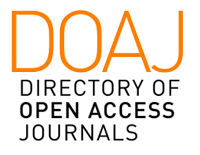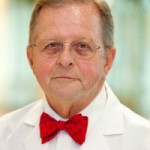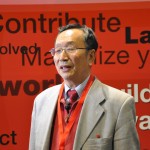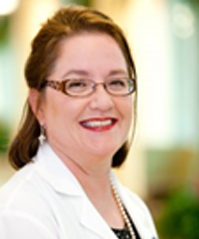28th Great Wall International Congress of Cardiology (GW-ICC), 2017, News: T3D Green Electrophysiology Technology and Interventional Surgery
Interventional surgery, which has become one of the most effective ways to cure heart diseases; must be carried out with the use of X-ray technology. As radiation is harmful to human health, are there alternative ways of carrying out cardiac intervention surgery without exposing patients to radiation?
On October 12, 2017, at the 28th GW-ICC congress in Beijing, China, a press conference “Heart with Green, along with Health” was held by members of the China Green Electrophysiology Union to launch complete zero-radiation radiofrequency ablation (T3D green electrophysiology technique) which is expected to allow interventional surgery without the use of radiation. The technique will be particularly beneficial for patients, such as pregnant women and children who must avoid exposure to radiation.
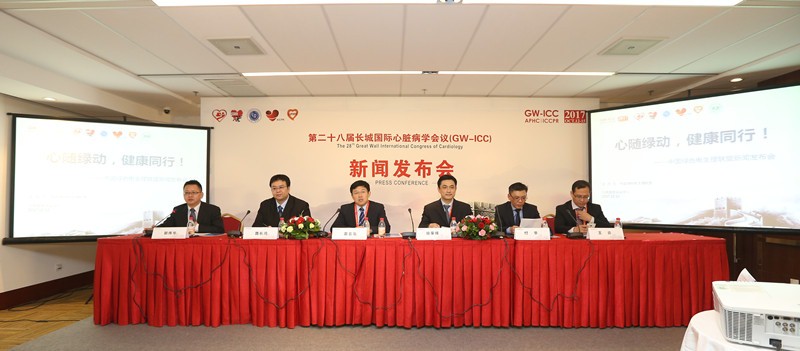
China Green Electrophysiology Union Members press conference “Heart with Green, along with Health” at 28th GW-ICC Beijing, China, October 2017
Professor Yu Ronghui of Beijing Anzhen Hospital of Capital Medical University is one of the first surgeons in the world to achieve complete zero-radiation radiofrequency ablation for full range of arrhythmias. He is also the pioneer of T3D green electrophysiology technology and Chairman of the China Green Electrophysiology Union. Professor Ronghui noted that there are large of patients with arrhythmia in China, especially atrial fibrillation. Research into this area has increased over the last three years and publications output now exceeds that of articles on the topic of myocardial infarction.
Arrhythmia can be cured by intervention treatment and T3D green electrophysiology technology can achieve “low impact, safe, precise and efficient” results without the use of radiation. This new methodology represents a significant technical innovation in the field of arrhythmia and for cardiovascular physicians, this is an innovation worthy of review.
From 2013, a group of Chinese arrhythmia experts have been promoting T3D green electrophysiology technology through clinical practice and academic forums in China. More than 90% of the patients treated by this group of cardiologists received radiation-free radiofrequency ablation. New techniques and instruments including full-range zero-radiation catheter ablation, zero-radiation atrial septal puncture and zero-radiation catheterization room have been introduced and first implemented in China. To further promote the development of T3D green electrophysiology technology, the China Green Electrophysiology Union was launched at the 27th GW-ICC in October 2016. Domestic and international patents of the related techniques have been applied for. Professor Yu Ronghui, Professor Xia Yunlong, Professor Fu Hua, Professor Wang Yan and Professor Guo Weihua are the core members of the China Green Electrophysiology Union. Professor Ronghui said that the Green Electrophysiology Union has been primarily established to improve the level of interventional treatment of arrhythmia in China.
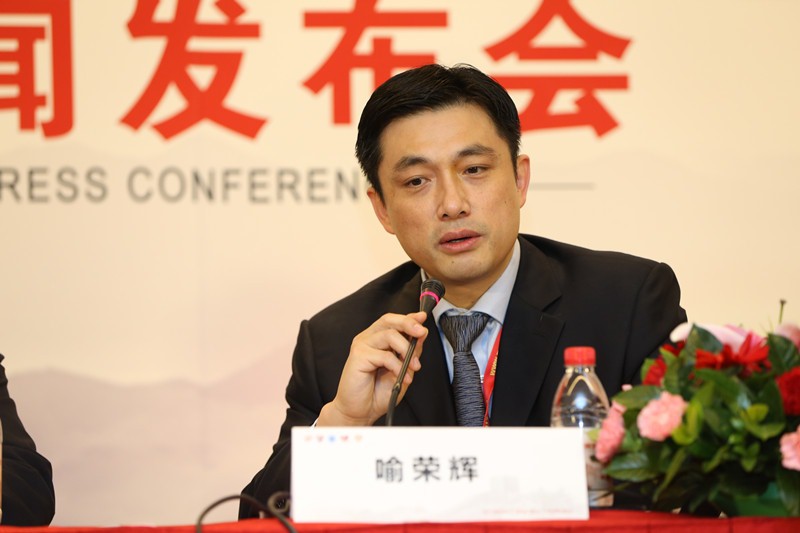
Professor Xia Yunlong speaking at the press conference
Patients with recurrent atrial fibrillation require multiple interventional surgeries; long-term and repeat exposure to radiation may cause serious consequences. Alternative approaches to limit radiation exposure have been explored for many years. The concept of green electrophysiology has been explored internationally, but currently techniques largely rely on intracardiac echocardiography. T3D green electrophysiology technology is based on electrophysiology and 3D mapping technology, which is not only radiation free, but also ultrasound independent.
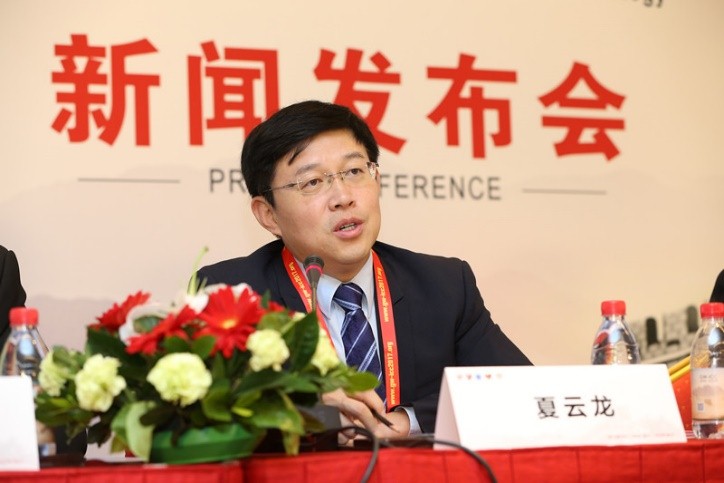
Professor Wang Hua speaking at the press conference
Professor Wang Hua from the West China Hospital of Sichuan University noted that “green” refers to the gradual reduction of damage and harm to the environment, patient and doctor. Professor Hua believes that the biggest challenge in promoting T3D green electrophysiology is to change the deeply-ingrained habits of interventional cardiologists, and understanding the safety of the new technology. The Green Electrophysiology Union intends to focus on addressing these issues. Professor Fu also illustrated the difference in the training of 2D and 3D technology. Although 2D technology can solve many problems, the learning curve is long; 3D technology with green electrophysiological characteristics assists doctors to achieve an in-depth understanding of electrophysiological anatomy, effectively shortening the learning curve. The new methodology has a process of adaptation; 3D technology does not exclude 2D technology, but rather evolves from 2D to 3D.

Professor Wang Yan speaking at the press conference
Professor Wang Yan from the Tongji Hospital of Tongji Medical College of Huazhong University believes that green electrophysiological technology can not only greatly reduce the radiation damage to patients, but also significantly reduce the cumulative injury of radiation to doctors, which indirectly improves surgical safety. However, since T3D green electrophysiology technology is still in an exploratory and development stage, part of relevant hardware such as visualizable sheath or navigation wire are still under investigation. For some patients with complex cardiovascular malformations, traditional X-ray imaging technology must be used in combination with T3D green electrophysiology technology. T3D green electrophysiology technology is not only suitable for the treatment of rapid arrhythmia but also of slow arrhythmia, for example, pacemaker implantation. Tongji Hospital is one of the first hospitals in the world to carry out zero-radiation pacemaker implantation.
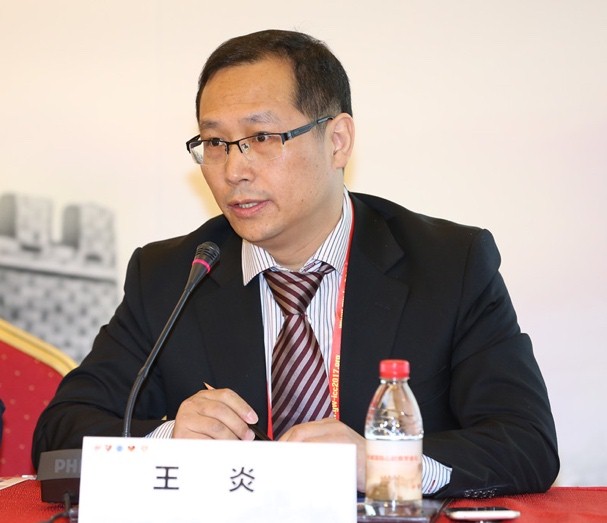
Professor Lu Changhong speaking at the press conference
Professor Lu Changhong from Qingdao Fu Wai Cardiovascular Hospital shared his experience in the development of a non-radiation catheterization room. To operate a non-radiation catheterization room requires the collaboration of experienced operators, nurses, echocardiography doctors, anesthesiologists and cardiac surgeons. The first non-radiation catheterization room in the world was formally opened in Qingdao Fuwai Cardiovascular Hospital on September 29th, 2017. Zero-radiation interventional surgeries for three cases of atrial fibrillation and one case of supraventricular tachycardia were successfully carried out.
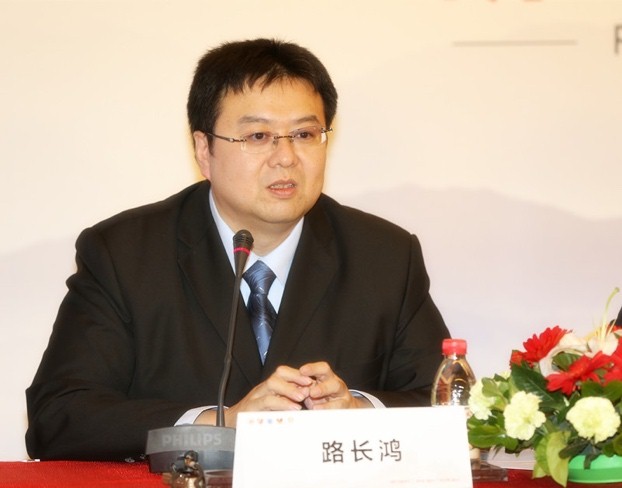
Professor Guo Weihua speaking at the press conference
Professor Guo Weihua of Beijing Tongren Hospital of Capital Medical University noted that establishment of an X-ray catheterization room requires large, expensive machinery; whereas T3D green electrophysiology technology only needs a surgical bed and an experienced surgical team. T3D green electrophysiology technology has great health benefits and economic benefits. Standardized training and hospital certification of T3D green electrophysiology technology are the key tasks for the China Green Electrophysiology Union in future so that the technique can be more extensively promoted.




